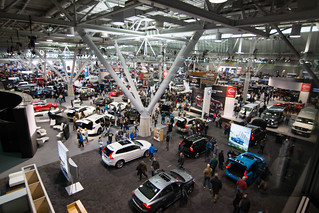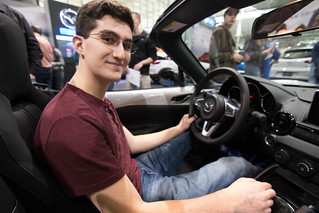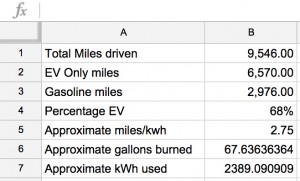I finally got it. I got the robotic, electric, high performance car of my dreams. Sleek, fast, geeky as all get out, tremendous range – it’s everything a nerd would want in a car.
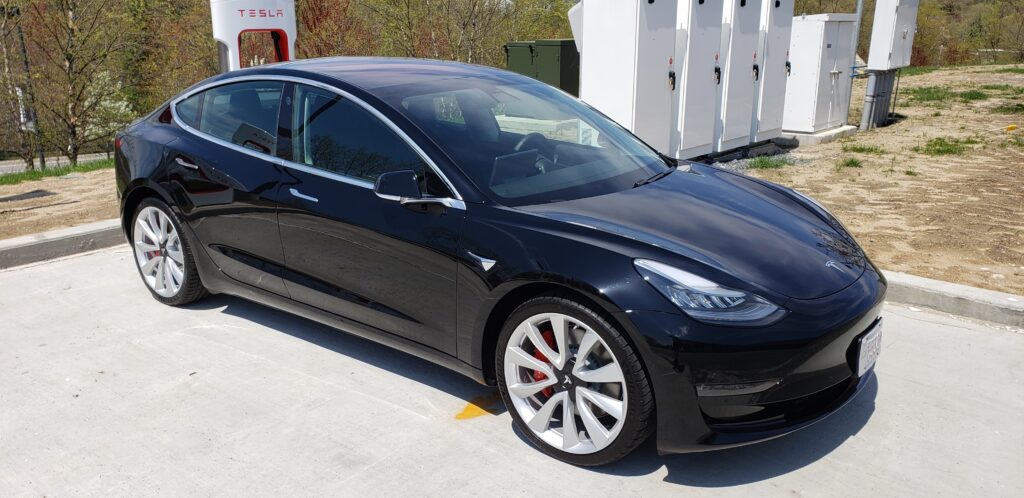
But it’s not perfect.
People have been coming to me pretty regularly and saying “So, how do you like your Tesla?” – and I answer truthfully. “I love it. It’s amazing. It’s my robotic space car. It’s nerdy and stupendously fast. But it’s not without its faults.” At this point their eyes light up and they get excited. “Yeah? Like what?!?”
The automotive press has not been kind to Tesla. With a strongly outspoken CEO in Elon Musk, it’s lofty goal of bringing affordable, exciting electric cars to the masses, and the base challenge of pushing against an industry selling a few hundred billion dollars worth of cars every year, it hasn’t been easy for them to break into the market and succeed. But succeed they have, pretty much jumpstarting the performance / luxury electric car market singlehandedly.
But there are problems. The car is hardly perfect. I’d like to run down the flaws and issues as I see them…
The Company
Tesla the company is relatively new in the automotive industry. Founded in 2003 right after the dot com bubble burst, they spent some years understanding what it takes to build a new kind of car from the ground up, without carrying all the folderol that the big auto manufacturers have. The Roadster came out in 2008, and the Model S 4 years later in 2012. In that time, the focus had to be on technology, manufacturing, and production.
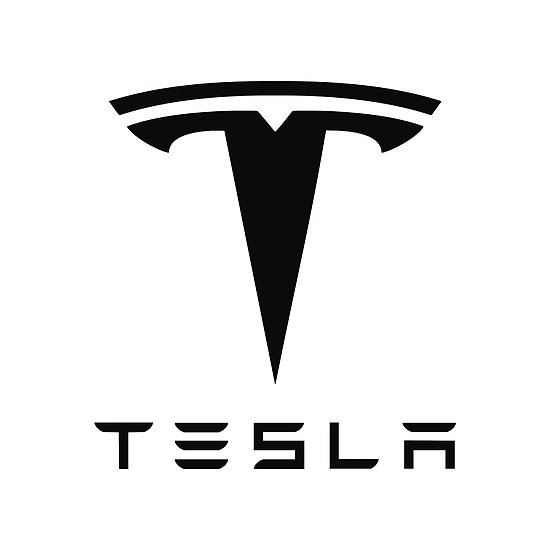
What they didn’t have a chance to focus on was the customer end of things.
Dealing with Tesla can be an infuriating process. Because they don’t have a ‘dealer’ model similar to current car manufacturers, buying a Tesla is not far from ordering a laptop from Apple. You got to the website, choose your option, click ‘Buy’, and a car will be available… sometime.
It’s this ‘sometime’ can be problematic. Without a salesperson to regularly work with, the delivery process is extremely oblique. There is a nice website that will tell you the status on your car, but it’s not particularly informative, showing things like “We’re putting together your paperwork” for WEEKS until it suddenly changes to “Your car will be available for pickup in 3 days at such and such a location.” Thanks guys.
The Delivery Process
Okay, so now you have a delivery date. What happens at the delivery is relatively normal. You show up at the ‘delivery center’, 1-2 folks walk you through the dos and donts of the car, you sign a bunch of papers, and you drive off in the car. This actually went fine, the only drawback is the people there are complete strangers. No one knew me or anything about my excitement or interest or history. They were basically just like a refrigerator installer. “Here’s yer machine, bud. Seeya.”
The Exterior
I have a Model 3 Performance, which has some nice trim changes, but in general, the Model 3 is BORING. It’s a 4 door sedan. I suppose this is better than some of the more radical car designs floating around (Have you seen the new Civics and Prius’s? Yikes.) But on the other hand, if I’m getting a fairly expensive car, I wouldn’t mind if it turned heads just a little. People who know Teslas will go “Hey! Look! A Tesla!” but for the most part, the Model 3 just blends in with the other shiny sedans out there.
Having said that, there are some Issues – well known, easy to work around, and possibly even understandable for a ‘first generation’ run of this model, but they’re still there:
- The delivery person warned us of this, but I did it before he even told me. There’s a nice little hatch that opens and closes over the charging port. You can unlock this hatch from the mobile app or from inside the car, or by touching the bottom of it when you want to plug in the cable. BUT. You should never try to close it by hand. Nope nope. Don’t push on the top of it or move the door, that can break it.
Huh? 🙂 - The storage space under the front hood (where an ICE car would have an engine) is referred to as the ‘Frunk’. Apparently, this thing is delicate as heck. The delivery guy went out of his way to tell me to never slam it, nor close it with one hand. Gently set the hood down onto the latch, and then push down with both hands on either side of the latch. This seems like an obvious workaround to a design error, but it’s not something a normal person would think to do.
- Much has been said about trim and panel fit. Sometimes the cars don’t fit together cleanly and properly. This was a real problem in the first runs of the Model 3, but far less so in later ones. I received mine in the spring of 2019, and haven’t noticed any particular gaps or bends or points where things aren’t coming together. Having said that, there has been a persistent whistling noise coming from the drivers side mirror. If I stick my hand out while driving, I can make that sound stop, but it’s obvious there’s some gap in the trim that’s causing air to whistle through it.
The Interior
The interior of the car is beautifully simplistic. Comfortable, laid out well, lit well, and easily the most comfortable car I’ve ever owned. The expansive glass roof, plenty of headroom, very adjustable and supportive seats, and the well articulated steering wheel all help make the car extremely comfortable.
But, this article isn’t “everything that’s awesome” – lets look at some of the flaws.
- I absolutely detest the door lock mechanism. For those who have not been in a Model 3, there isn’t an actual ‘door latch’ that you pull to open the door. There’s a button. You touch the button, the window slides down about an inch, and the door unlatches – and then you push it open. There’s a sort of emergency latch that you can pull up, but the Tesla rep warned me never to use it, as it might damage the door. This just seems like poor design or an afterthought. It’s taken some time to get used to the ‘push button to open the door’ methodology – I almost never get confused now, but it’s really a very bad choice of design.
- The center console is a mess. There’s several chambers, each quite deep and having a different ‘lift’ or ’tilt’ mechanism. They’re also cavernously deep, so putting something in them is akin to dropping the one ring into Mt Doom. You will likely not get it back easily.
- No drink holders in the back? Well, they are sort of there, but they’re in the center console between the back seats. That’s… sort of weird, particularly if people are sitting 3 across.
- It took looking up in the manual to figure out where the emergency 4 way blinker lights are. I’ll leave it as an exercise for the reader to try and find the control next time they’re in a Model 3. We couldn’t find it until we looked it up in the manual. This is an EMERGENCY BLINKER button. It should be trivial to locate. It isn’t.
- Why doesn’t the front drink holder have removable silicon liners? Those things get DIRTY. Even inexpensive little toyotas and kias have silicone liners for the cup holders.
Controls
Okay, lets start talking about the controls. This section isn’t about the software that runs the center display / functions of the car, this is basic control layout and usage.
The Model 3 has a very simplified set of operator controls. The steering wheel (obviously) two foot pedals, two control stalks (one on each side), and two thumwheel / joysticks. And the horn. That’s it. Everything else is done via the touchscreen. But lets look at those controls.
The stalks are useful and well placed, as are the thumbwheels. I never lose track of where they are. And there were some logical decisions made about what each set does. The left thumbwheel is ONLY audio controls (volume up/down, next/previous track, pause and unpause). The right thumbwheel is for quick commands to the autopilot / cruise control system. Pretty easy to work with.
The stalks are more complicated, because they service multiple purposes. The left one is your turn blinker, obviously. It also controls your high and low beams for the headlights, as well as a ‘quick touch’ to turn the windshield wipers on and off (assuming the auto wiper system doesn’t work).
The right stalk is sort of like your gear shift. You control what ‘gear’ you’re in (drive, reverse, park), as well as the state of the autopilot system. I haven’t figured out a lot of the wiggle functions on that stalk, other than engage autopilot and ‘go into drive’.
Sounds basic, so what’s are the issues? Well, there’s a bunch:
- First, the mechanism for turning on and off turn signals is confusing. A light push on the left stalk, up or down, will blink the turn signals 3 times. If you hold the stalk, they’ll keep blinking until you release it. There’s a ‘secondary’ level of push though, that means “turn the turn signal on until… something tells them to stop.” – this part is the confusing one. The turn signals will stop blinking if the car thinks you’ve completed a turn, or… you signal some other way. How to turn off a turn signal seems to involve some invocation I still haven’t worked out. I find myself signaling in the opposite direction sometimes, or just wiggling the stalk around until the signals stop. This is hardly safe communication with other drives. On a normal car, the turn signal stalk locks into position until it either is automatically returned to a neutral spot, or you force it back to the center. The Tesla turn stalk doesn’t do that. It is always in the ‘neutral’ position whether you’re signalling or not. This is confusing.
- Second, you can only sort of control your wipers via the end button push. A quick push will wipe your wipers once, and a longer push will turn on the spritzers. The wipers are normally controlled via the center touchscreen (with intermittency and automatic settings controlled there). But there’s numerous times i find the ‘automatic wipers’ don’t really keep the windshield clear enough, so i find myself pushing the button a lot. Or navigating the touchscreen to turn the wipers on and off faster or slower. You don’t want to be fiddling with the touchscreen while driving. This is not a very good setup.
- High and low beam headlights work as you’d expect, though the ‘automatic’ high beams is gimmicky and works poorly. More on that in the Software section below.
- Oddly, the right stalk is mostly okay. the gear position mechanism makes sense, and the ‘double press’ to engage autopilot is intuitive and works well.
The Software
I’m going to lump a couple topics into this section, but first some preamble.
So much of what makes a Tesla a remarkable vehicle is the decision to base as much of it’s functionality as possible around software. This is why there’s only one display system (the touch screen), and virtually every function is managed and displayed through this interface. It makes it easy to change, easy to upgrade, and easy to tune. All the ‘smarts’ of the car (it’s sensors, battery management, and yes, even the power train) are controlled via software. Some of that software is visible to the operator directly, but a lot of is internal. The operator doesn’t see the battery management, the heating / cooling systems, the adaptive drive for the motors, etc. The operator mostly sees the interface on the display. So lets focus on that.
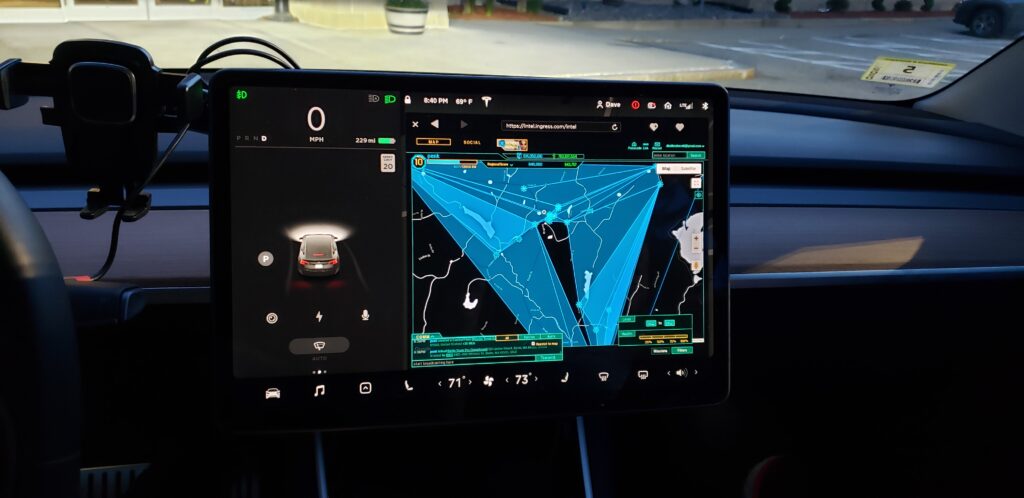
The Tesla Model 3 has one large 15″ LCD touchscreen in the middle of the dash. There are no other display systems in the car. No turn signals, no idiot lights, no dashboard. Just this display. This ‘one screen to rule them all’ makes the Tesla much easier to upgrade and modify. In a traditional car, you can’t move the heater control from one place to another because, after 6 months of use, you realize the original placement was poor. But on a single screen like this, it’s a simple software change to rearrange controls. This has disadvantages as well. The center location of the display is awkward for the standard driver who expects basic operational information to be directly in front of them. The speedometer is in the upper left corner of the screen, as are basic status lights like blinkers, hi/lobeams, and what gear you’re in. All other controls and information is located at different points of the screen ,and sometimes that info may be hidden or on a different tab. This absolutely takes time to get used to, but it means improvements can be made via software. By comparison, my Chevy Volt had the WORST design ever for it’s center console, with horribly placed buttons that were impossible to understand. The software interface on the touch screen was mediocre at best, and over the 3.5 years I had the car, they made absolutely zero UI improvements to that display, when any number of changes could have been made – just not to the button layout.
But enough background. Given this amazing technology, the interface and tools must be awesome and perfect, right? Oh hell no. Lets investigate…
- There’s a system in the Tesla that allows the hi/lo beams for the headlights to automatically adjust based on oncoming traffic and other cars. On the surface, this seems pretty straightforward, and it works relatively well. Until it doesn’t. Hi/Lo beams are also a mechanism most drivers use to communicate with other drivers. “Your lights are off” “Something dangerous is ahead” “I’m a jerk”. The Tesla software will turn the hibeams on and off depending purely on distance to another car in front of it (if it sees it), and if another car is coming towards you. That’s it. On the highway, the highbeams can flicker up and down automatically several times in a minute depending on how far behind another car you are. This is irritating as heck for other drivers. While a nifty gimmick, I disabled it.
- The windshield wiper automatic system is supposed to turn on the wipers when it starts raining, turn them to ‘fast’ when needed, and off when things are dry again. I find myself many times going “Why aren’t my wipers on?” The system is very cautious about when to turn them on. Once they’re on, they’re fine, and will turn themselves off after the rain stops, but I do find myself hitting the ‘wipe now’ button regularly because the automatic system hasn’t yet figured out the window is wet.
The Autopilot
For some, this is it. The holy grail of the Tesla. The much vaunted ability for the car to drive itself. The model 3 has 8 external cameras that can ‘see’ to a distance of about 250meters. In addition to the cameras, there’s also a front facing radar that gives very accurate distance measurements to the computer. These systems together provide the autopilot computer in the car enough information for the car to drive itself. It can see obstacles, react to changing circumstances and environments, and navigate it’s way in relatively complex situations. It couples that information with maps that are constantly updated with traffic and construction changes. The car’s GPS will locate you on the map (though the Tesla won’t use GPS for very high detail information. You don’t want to depend on GPS for autopilot, then go into a tunnel, for example).
So, given all this technology, is it actually dependable as a self-driving system?
Hell no.
The autopilot has many many problems. It’s definitely not ready for prime time. While it is an absolute technological marvel, it is nowhere near the level needed for full autonomy. Even in the best possible driving situations for autonomous navigation (a mostly open highway), the system makes many many errors in judgement. Most of the time those errors are not threatening or dangerous, they’re just uncomfortable or irritating. A few examples:
- The autopilot can change lanes as needed for faster / slower traffic or when approaching an exit. If there’s any form of traffic in the way (someone coming up quickly behind you, or a crowded lane), it’s handling of the lane change is infuriating. Not for me the driver, but mostly for other people on the road. It takes far far too long to make the decision to change lanes – and by the time it does, the ‘gap’ it was shooting for doesn’t exist anymore, so the car can swerve back into its original lane. Again, not particularly dangerous for me the driver, but irritating and alarming for people around us.
- There are regular ‘phantom braking’ problems. You could be going along normally, and suddenly the car will ‘brake’ abruptly for no apparent reason. A moment later it’ll resume normal speed. This is jarring. I’m sure it had a very good reason to do that, but there’s no indication to the driver or passengers what just happened.
- Autopilot HATES wide lanes. Onramps that don’t have middle dividing lines, or secondary roads that aren’t perfectly sized – the autopilot will ‘hunt’ from one side to another trying to guess which is the proper side of the road to be on. Ung.
- The ‘navigate on autopilot’ feature which is supposed to allow the car to happily change from one highway to another using ramps without driver intervention gets easily confused on anything less than perfect interchanges. If the lane markings aren’t crystal clear and well sized, the car will jump around trying to determine the ‘best’ path on the ramps – and will frequently guess wrong.
The system is not ready. Having said that, Tesla is doing the right thing to get it there. Their software is constantly ‘learning’ how to drive properly – every Tesla on the road is collecting data on how people handle these weird road conditions, and that goes into the neural network that the navigation computer uses. And each update, it gets a little better. But I can’t see a driverless Tesla, or a ‘door to door automated driving’ Tesla on the road in the next 5 years.
The Toys
So we’ve talked about basic software tools and functions in the car. In addition to those things, there’s some stuff that’s just plain goofy and fun to have. Since the Model 3 is basically a computer with a touch screen attached to a car, there’s some silly stuff you can do.
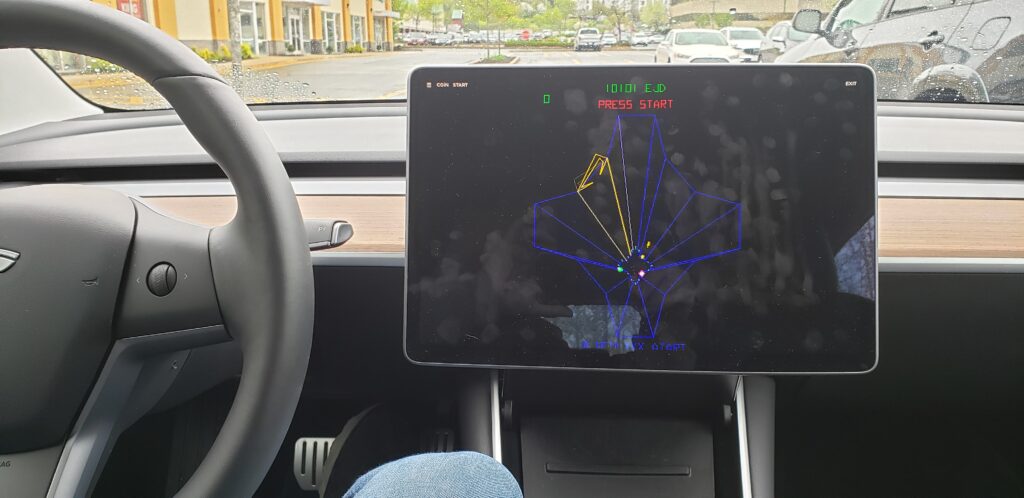
My question is, is this stuff really adding any value?
For instance. You can play games on the display. That’s sort of fun, and the display is good and uses the existing car controls to play the game. But that means you can only play in park. And from the drivers seat. This seems more of a ‘Hey kids, look what my car can do, neener!’ feature than something I can use as a selling point for the car.
Performance
Yeah, I have the Performance version of the model 3. That means the extra motor, the low profile wheels, the painted calipers, the whole shebang. Those extra options added another 25% to the base price of the car. What do I get for that? Well, to start there’s that neck-snapping 0-60 in 3.3 seconds acceleration. Driving a car with this much power, with an always-available 450HP and 470 ft-lbs of torque is intoxicating. It changes how you handle traffic, navigation, everything. That power is ALWAYS there. No downshifting, no revving / turbo spool up. This car is the modern day equivalent of Neal Stephenson’s Deliverator from Snow Crash:
“The Deliverator’s car has enough potential energy packed into its batteries to fire a pound of bacon into the asteroid Belt. Unlike a bimbo box or a Burb beater, the Deliverator’s car unloads that power through gaping, gleaming, polished sphincters. When the Deliverator puts the hammer down, shit happens. You want to talk contact patches? Your car’s tires have tiny contact patches, talk to the the asphalt in four places the size of your tongue. The Deliverator’s car has big sticky tires with contact patches the size of a fat lady’s thighs. The Deliverator is in touch with the road, starts like a bad day, stops on a peseta.”
But, the performance version has some drawbacks. The cost? I’m not sure if it’s worth it. Is it really necessary to have THAT much power at your beck and call at any minute? I don’t think so. The only time I’ve really used it is to impress people I take on test drives. That’s not worth the money.
But let’s also talk about those low profile wheels. The short version? They suck. They’re fragile as hell, and they are NOT covered under warranty. Yes, everyone ‘knows’ that low profile wheels are the worst thing to happen to cars since they added ‘tiptronic shifting’ to every hyundai on the planet, but at $750 a pop for those wheels, hitting a pothole gets real expensive, real fast. Ask me how I know.
A model 3 AWD Long Range will get you 0-60 in 4.5 seconds, for $12k less. Do yourself a favor. Unless you’re dripping money, if you want something that’s still faster than most cars out there, just get that.
Conclusions
So where does that leave me? Do I like my car? Yes. Am I excited everytime I get in it and drive? Definitely. Am I proud that I am using a vehicle that emits absolutely zero carbon dioxide, and I’m powering from energy I buy from wind farms and solar? Absolutely. Do I think this is the future of cars in the world? No question.
Is the car perfect? Absolutely not. Not even close.
But it is, by far, in my opinion, the best electric vehicle on the market today.
